Early this morning two years ago, Western media reported loud explosions heard in Kiev, Odessa, Kharkov and Donbass after Russian President Vladimir Putin's speech on state television about the launch of a "special military operation" in Ukraine.
The land war in the heart of Europe is now in its third year. After the initial struggles of the offensive, followed by rising hopes of a quick “turnaround,” the reality on the front lines now signals a year of stalemate ahead.
What determines the trajectory of the conflict
Ukrainian soldiers are exhausted and the Ukrainian Army is short of artillery shells and anti-aircraft missiles, while weapons such as F-16 fighter jets and the US-made MGM-140 Army Tactical Missile System (ATACMS) have yet to be delivered in significant numbers.
This year will be a year of “recovery and preparation for both sides, like in 1916 and 1941-1942 during World Wars I and II,” Marc Thys, who retired as Belgium’s deputy defense minister last year with the rank of lieutenant general, told Politico EU on February 22.
No one can give an exact roadmap for 2024, but experts and officials agree that three fundamentals will determine the trajectory of the war in the coming months.
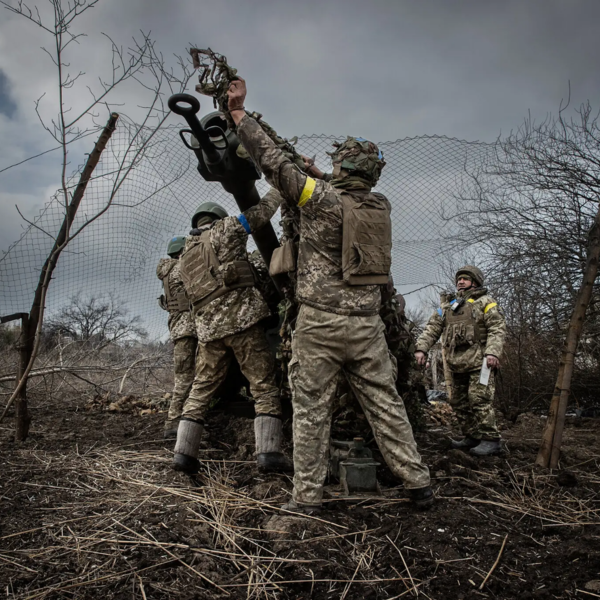
A residential building smolders after a military offensive in Avdiivka, Donetsk region, October 2023. Ukraine lost control of Avdiivka to Russia on the eve of the two-year anniversary of the outbreak of the conflict. Photo: NY Times
First, the end of March will be particularly critical for the fate of the Ukrainian army. Kiev will not have the necessary equipment to launch a serious counteroffensive if the US Congress does not pass a new aid bill.
A US official told the UAE-based National News that it would be difficult to determine exactly when the situation in the Ukrainian military might deteriorate, but noted that resource shortages are expected to become even more severe in the spring.
Second, Russia has gained artillery superiority, and together with relentless ground attacks, is pounding Ukrainian positions. The situation will get worse for Ukraine as Russia uses more of its air power, including dropping satellite-guided glide bombs, as it did on the Donbass frontline town of Avdiivka.
Third, without Western air defense systems and long-range missiles and artillery shells, Kiev will have difficulty building a sustainable and reliable defense system.
US officials predict similar scenarios will play out elsewhere in Ukraine as the government is forced to make difficult choices about where to base its remaining air defense forces.
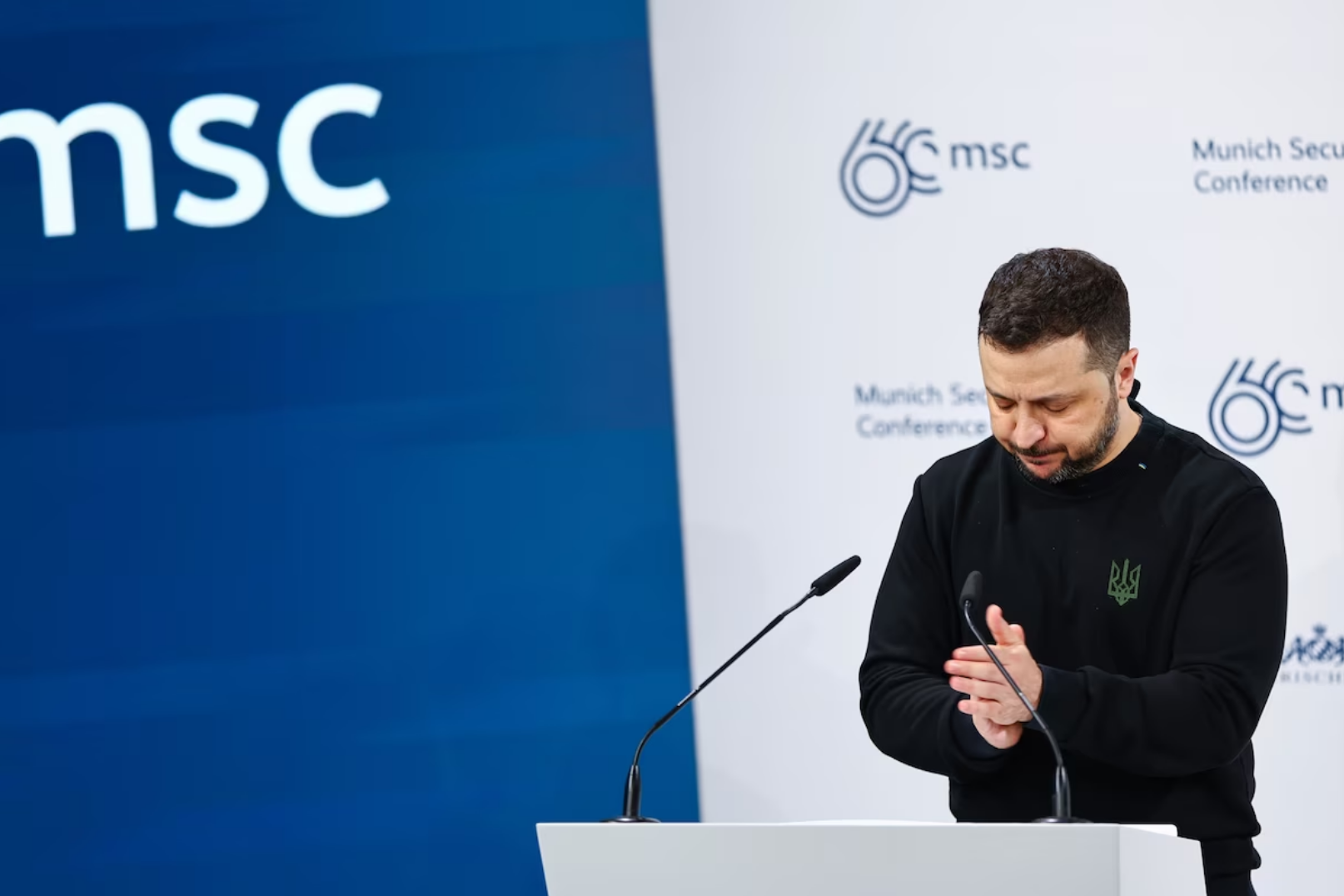
Ukrainian President Volodymyr Zelensky speaks at the 60th Munich Security Conference (MSC) in Germany, February 17, 2024, pleading with international supporters not to abandon Ukraine. Photo: Shutterstock
“The things that are protected today—they’re not going to be able to protect all of those sites in the future if the interceptor supply isn’t maintained,” said a senior US defense official. And if Russia gains control of the skies, “it completely changes the nature of this war.”
“Our main goal is to stop Russian aviation. If we can’t do that, it’s time to pack up,” a Ukrainian official added.
“This year will be difficult. No one can predict which direction Russia will go, or whether we will be able to advance this year,” said Taras Chmut, a Ukrainian military analyst and Navy Reserve Sergeant Major. Still, Ukraine is clearly in a weak position.
Most likely scenario
Analysts at the Economist Intelligence Unit (EIU), a London-based think tank, said the war in Ukraine is likely to develop into a “longer but less intense war” in its third year.
Analysts say a prolonged period of fighting this year will delay Ukraine's reconstruction and make it harder to raise the money needed, estimated at nearly $1 trillion.
“The best that can be hoped for is that the war will become a lower intensity and more localized conflict, preventing further damage in areas that have so far been spared from fighting,” the EIU said in a report marking the two-year anniversary of the conflict.
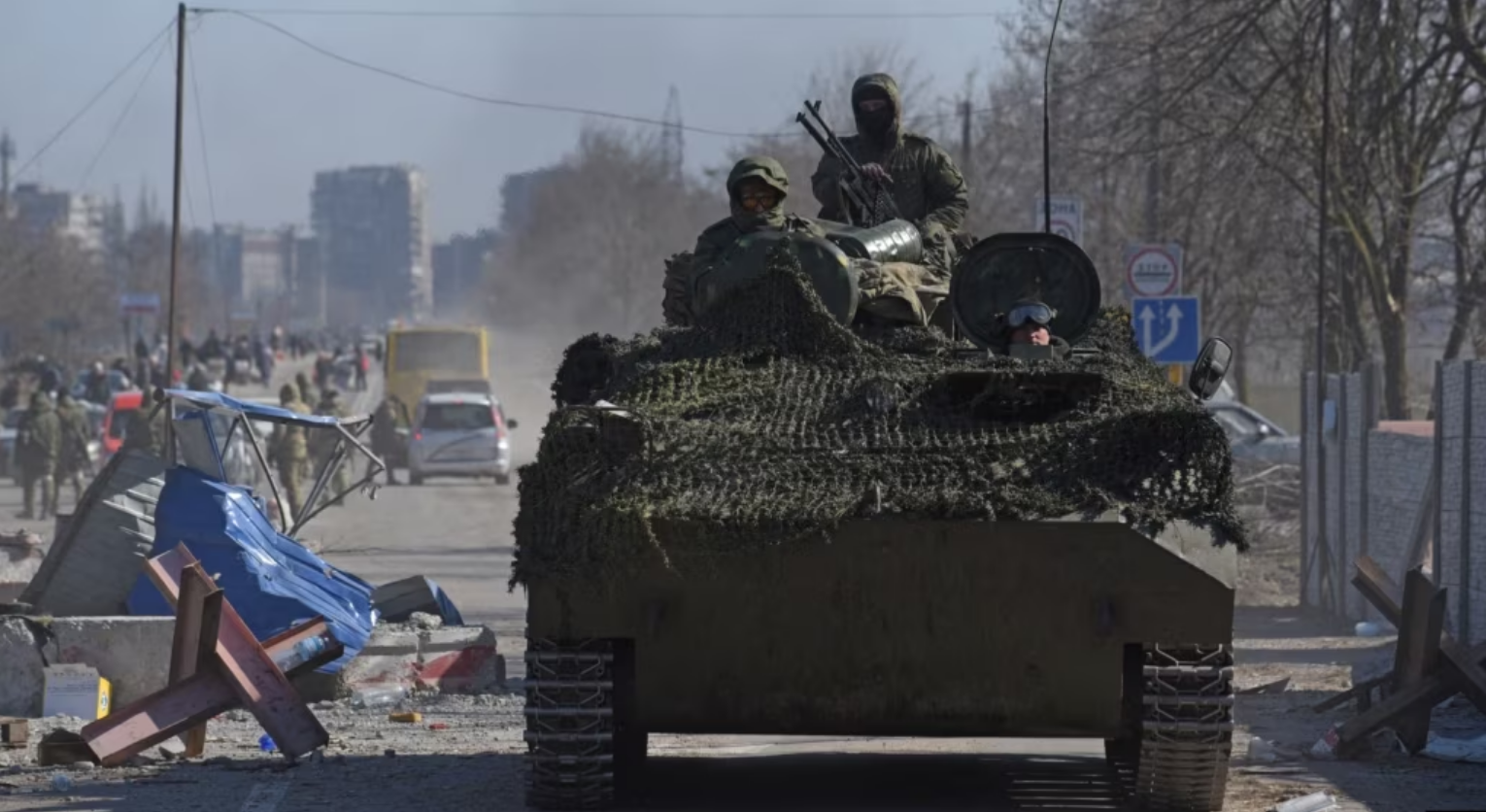
Pro-Russian gunmen move in an armored vehicle in the port city of Mariupol, Donetsk region, March 19, 2022. Photo: RFE/RL
Of the four scenarios proposed by EIU experts, the most likely scenario is a year of “both sides losing” but “no significant change on the front line”.
Such a scenario – which has a 60% probability – would further deplete both sides’ arsenals, but it is built on the assumption that Western aid to Ukraine would not decline to the point where it would give Russia an advantage.
Ukraine has continued to lobby to secure more aid for its war effort against Russian forces.
However, analysts at The Economist found a 30% chance that Donald Trump's return to the White House would result in a sharp drop in US funding, forcing Ukraine to call a ceasefire.
In this scenario, Kiev would have to negotiate “from a position of weakness” and there would be a peace deal that “formalizes Russian control over parts of Ukraine,” the EIU’s 10-page report said.
Mr. Trump’s appeal to American politics has stalled military assistance to Ukraine in Congress before the presidential election in November. The former president’s stance is against providing new aid.
Analysts also believe that any Russian military gains, such as in eastern Ukraine, would trigger a response from the US and Europe, making a complete collapse of Western support less likely.
“We believe that both the US and the EU will find a way to maintain aid flows as what happens in Ukraine has huge geopolitical implications,” the EIU said.
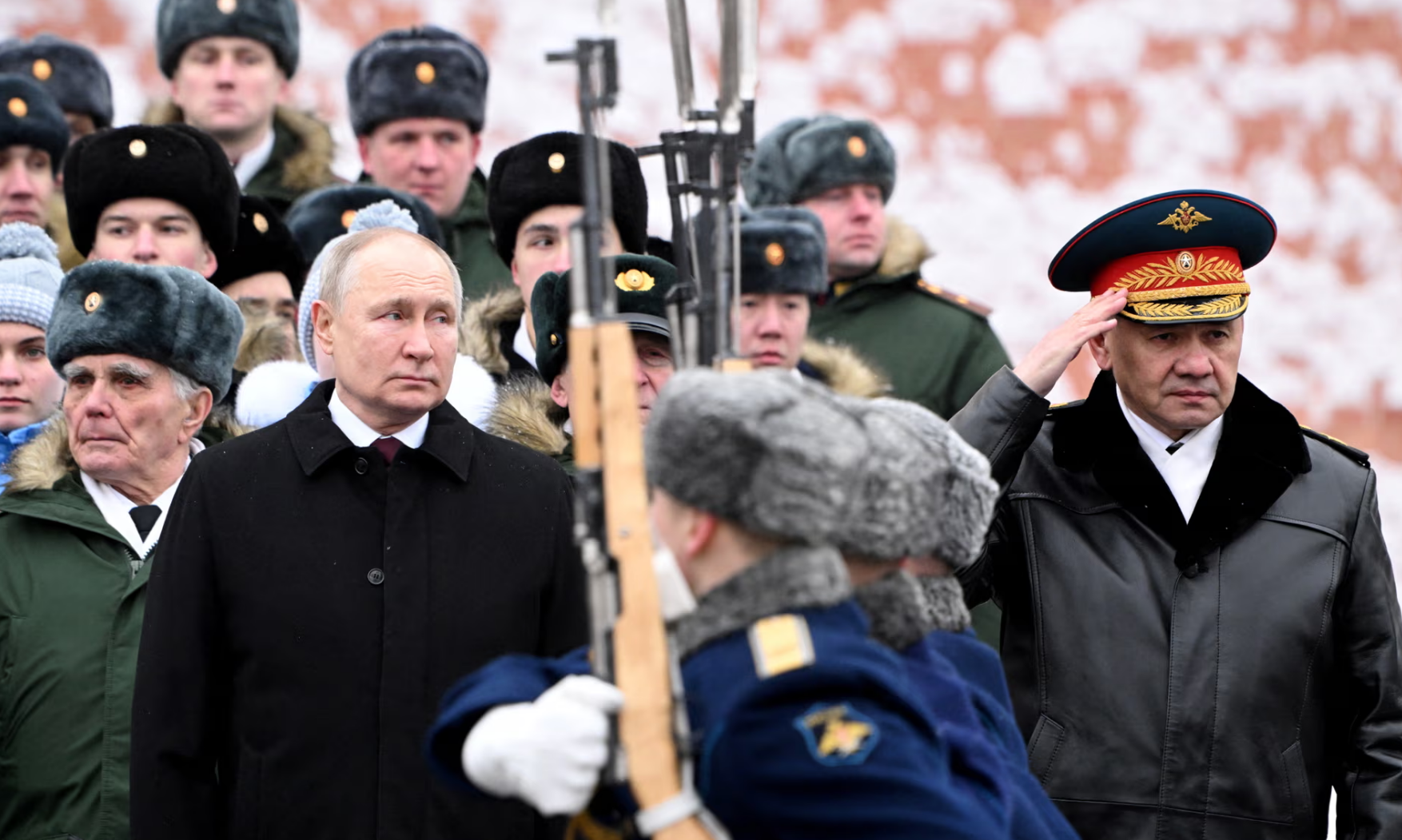
Russian President Vladimir Putin and Defense Minister Sergei Shoigu during a ceremony marking Defenders of the Fatherland Day, February 23, 2024. Photo: Sputnik
The EIU's third scenario, in which Russia gains further control in southern and eastern Ukraine in a summer offensive, has a 20% chance of happening.
This could prompt the US and its allies to rush through additional aid packages, or it could “sow divisions about the logic of maintaining a long-term war that Ukraine is unlikely to win.”
EIU experts see only a 10% chance that Ukraine can make significant gains, as economic problems and internal disagreements hamper efforts to dislodge Russian forces.
This scenario could also mean Ukraine gains the upper hand in healing divisions in the West and leading to efforts towards additional aid.
While analysts are pessimistic about Ukraine's chances of a breakthrough, a prolonged stalemate "is not without risks for Russia," experts at the EIU said, citing issues such as the domestic political situation and rising inflation .
Minh Duc (According to National News, ABC News, Politico EU)
Source


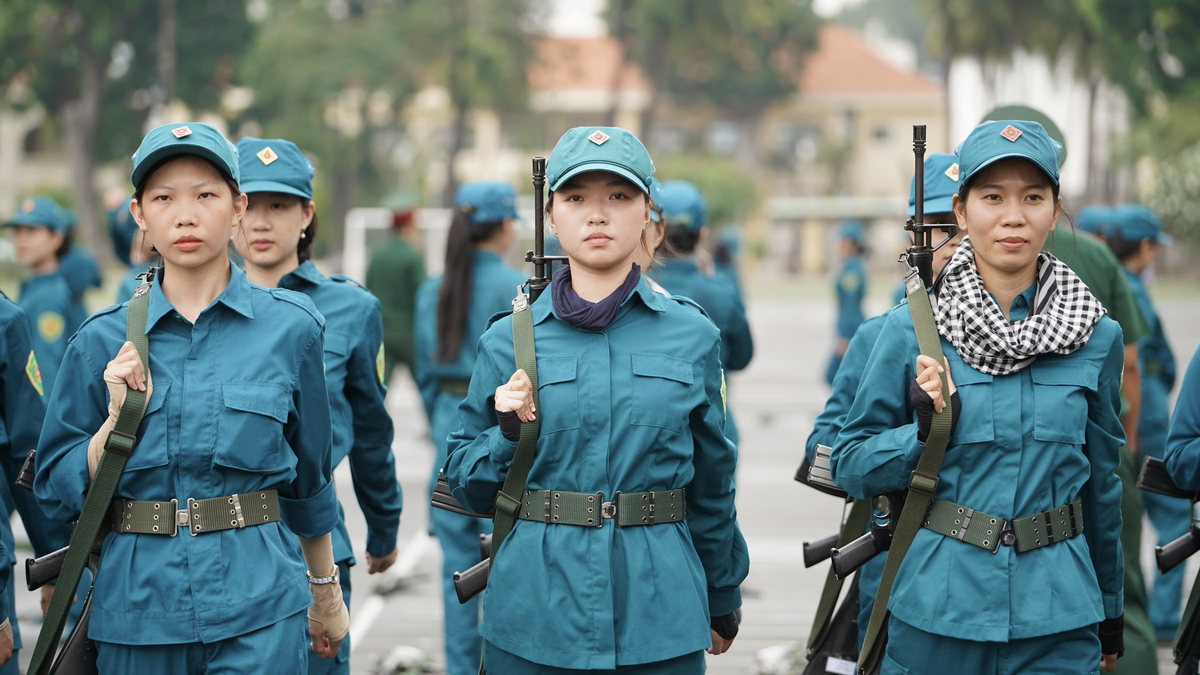

![[Photo] Prime Minister Pham Minh Chinh attends the event "Digital transformation of the banking industry by 2025"](https://vphoto.vietnam.vn/thumb/1200x675/vietnam/resource/IMAGE/2025/5/29/0e34cc7261d74e26b7f87cadff763eae)


![[Photo] Prime Minister Pham Minh Chinh receives leaders of Excelerate Energy Group](https://vphoto.vietnam.vn/thumb/1200x675/vietnam/resource/IMAGE/2025/5/29/c1fbe073230443d0a5aae0bc264d07fe)
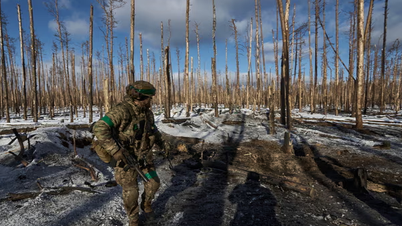




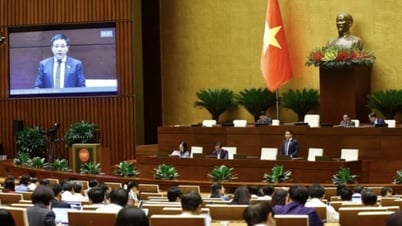










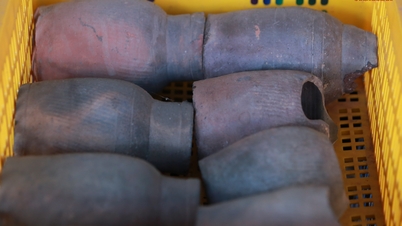



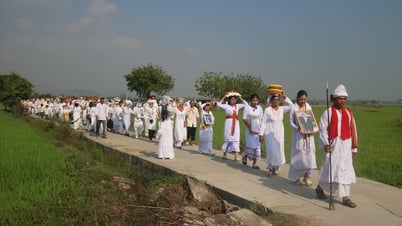





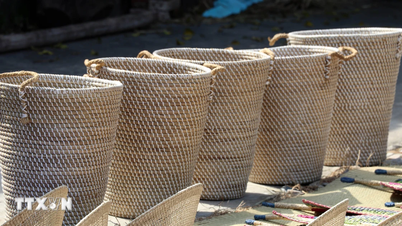













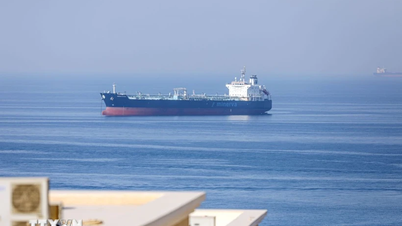





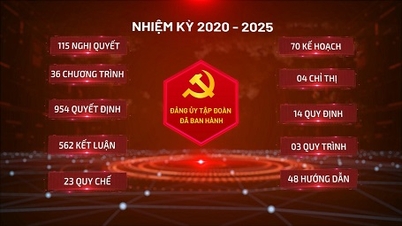

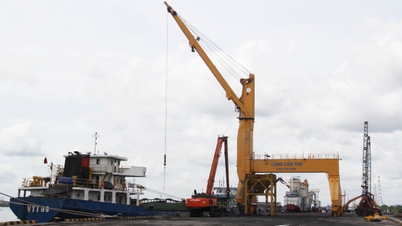

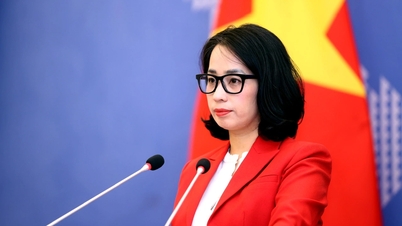


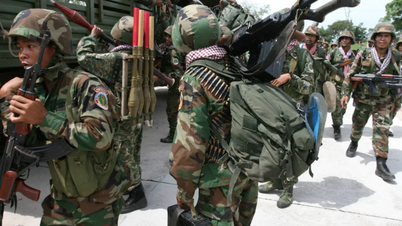






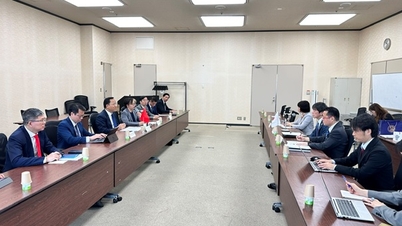

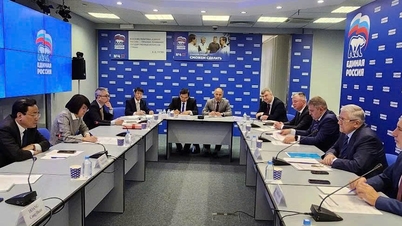




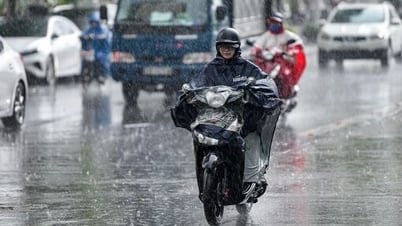











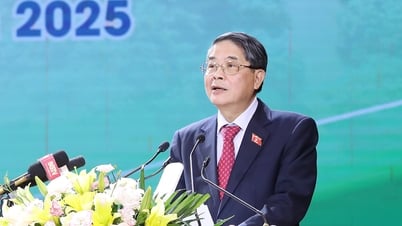











Comment (0)